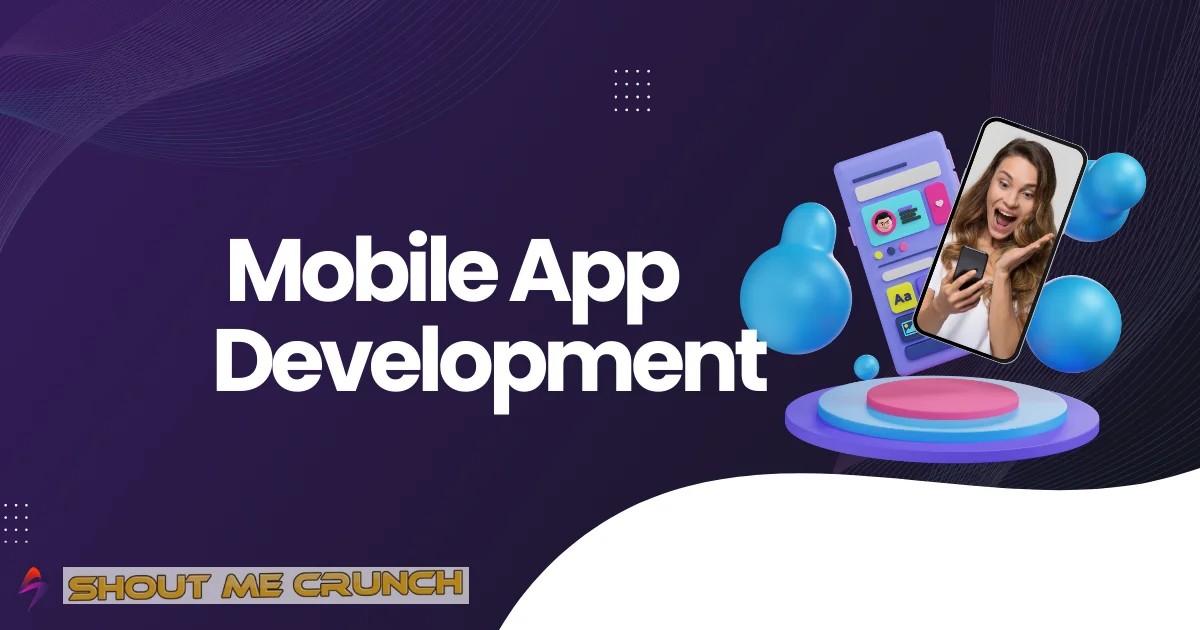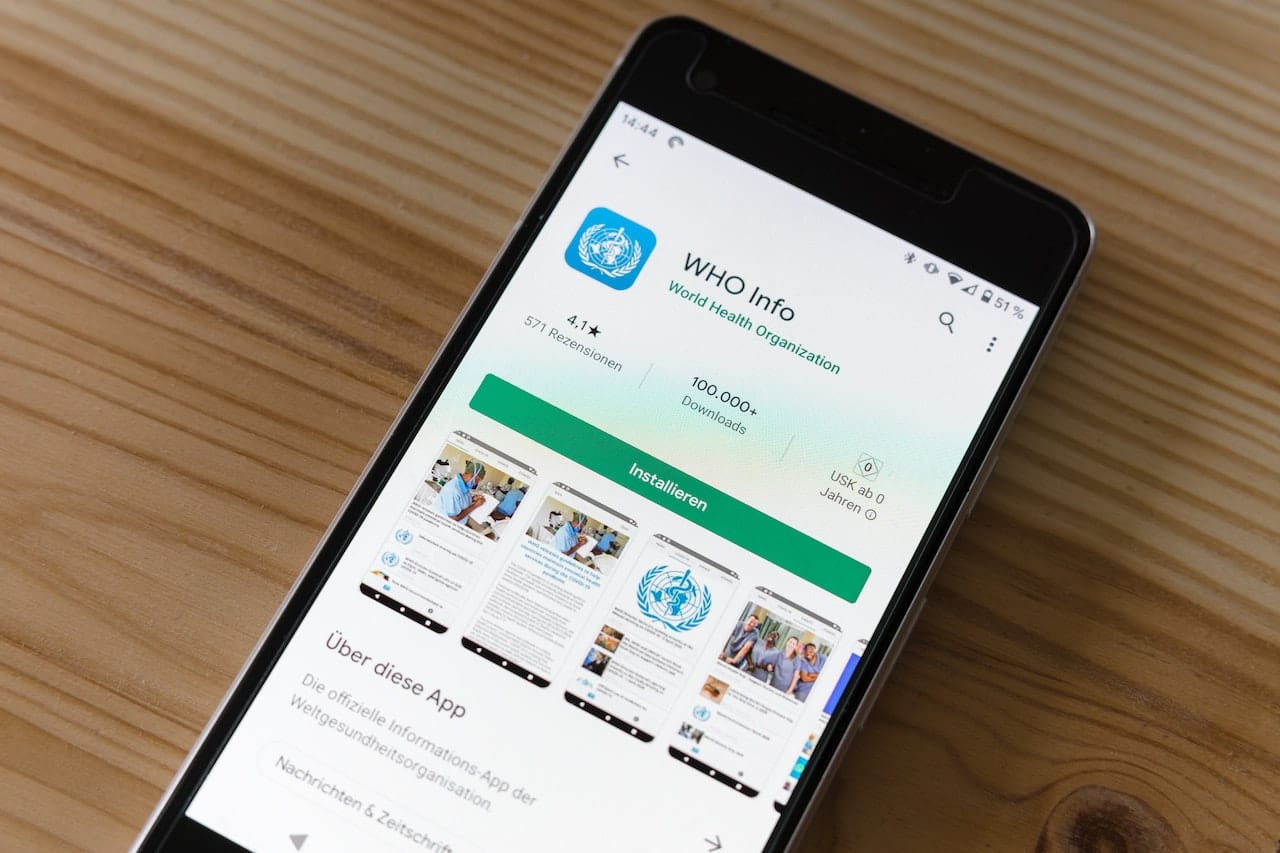Developers frequently choose Microsoft Power Apps to create low-code apps. In their most recent reports, reputable IT research companies like Gartner and Forrester have placed Power Apps as a leader for minimal code application platforms.
It is the only solution of its type in the sector that combines automation, self-service analytics, and low-code/no-code app development into a single, all-encompassing platform.
Updates and enhancements for PowerApps:
This year, Microsoft has released a number of improvements to its power applications, some of which have significant new features that may persuade you to use them:
- Teams from Azure and Microsoft are deeply integrated
- Power applications’ offline functionality
- empowers developers of all levels of competence
- establishing a physical connection
- Enhanced portals
Teams from Azure and Microsoft are deeply integrated:
Users will be able to modify applications in Microsoft teams and create Microsoft SharePoint PowerApps with contemporary controls as part of the PowerApps upgrade.
Users may choose and install the PowerApps-built apps from the Microsoft team’s app store here, which can be readily adjusted to meet their priorities or work processes.
The applications in the Microsoft team’s app store will provide the user with a native app experience; for example, the new Microsoft apps will have labels, toggles, buttons, etc., just like the current components, so using them won’t ever seem challenging.
Power applications’ offline functionality:
Microsoft is expanding PowerApps with offline mode support for its clients in order to increase mobile phone usage in the workplace and close the communication gap in an enterprise.
It is challenging for frontline employees or those who operate in the fields to always have internet access. Consequently, in order to avoid having the workflow be harmed by offline or bad connectivity, in order to boost efficiency in the workflow, Microsoft is updating the PowerApps with the ability to connect offline and by providing access to barcode scanners, actionable error messages, etc.
It empowers developers of all levels of competence:
With Microsoft’s latest release, all developers will have access to low-code full-stack development tools, making it possible for developers of any experience level to create and test their apps’ functionality.
Developers may see the number of users who visited, the number of pages seen, the most popular page, and notifications that highlight faults users have faced by using log telemetry for applications. Developers can quickly track defects with this form of user tracking, which also helps them to improve the user experience.
With the latest PowerApps release, developers may use a solution import interface to manage and approve connections in the app and eliminate the need for difficult choices.
Hire the best software development services for your next Microsoft PowerApps project.
It establishes a physical connection:
By employing geographic information like maps, Microsoft is now attempting to link the current world with mixed reality.
Businesses will be able to mark locations in bulk using an interactive map that has data binding capabilities, and they will also be able to monitor app users on the map. These are dynamic maps that can be used for road views, map views, location views, etc. The PowerApps map has a feature called fuzzy matching logic that may provide a matching address in response to a user’s address query by providing more swiftly and accurately.
Enhanced portals:
Microsoft has released various portal enhancements in addition to PowerApps features to enhance the low-code platform’s usability.
- A portal tool checker to fix configuration flaws and issues, PowerApps with global search portal results to improve the user search experience, and other portal enhancements
- OpenID Connect protocol authentication code flows for application user authentication
- Streamlined themes, defining web page access to prevent data breaches, Power BI embedding utilizing liquid tags to provide Power BI reports and data insights to the portals, by bypassing the laborious manual authentication procedure, and the authentication process for B2C businesses was made simpler.
The limitations of PowerApps:
PowerApps were created with the intention of being utilized internally for business mobile apps. You won’t make PowerApps to distribute to everyone on the planet. Due primarily to the license structure and technological barriers to sharing with other users, they are not intended for general usage.
PowerApps’ whole functionality is also “no-code.” Therefore, your internal developers won’t be able to add any unique HTML or JavaScript or perform any unauthorized modifications to the underlying device. Your users and developers cannot access anything outside of PowerApps if it is not possible.
It may sound like a restriction, but it may also be a benefit. Your PowerApps can help the platform maintain its long-term stability and usability by excluding malicious code. You may integrate any custom REST API with PowerApps to get the best of both worlds if you want bespoke business logic that PowerApps just can’t deliver.
Finally, the capability of PowerApps might not quite fit your needs for what you want to accomplish with your mobile apps right now. However, given that this service is cloud-based, you can count on Microsoft to often roll out new upgrades, features, and improvements.
Winding Up
We have discussed the benefits and limitations that Microsoft PowerApps have. You can create easy or complicated apps based on your needs and objectives. All you have to do is find a top-notch software development company that provides out-of-the-box software development services. You can outsource your development needs and sit back with ease while the best developers prepare the PowerApps suitable for your business.





![Wish Ex a Happy New Year [2025] Wish Ex a Happy New Year](https://www.shoutmecrunch.com/wp-content/uploads/2022/12/Wish-Ex-a-Happy-New-Year.jpg)


